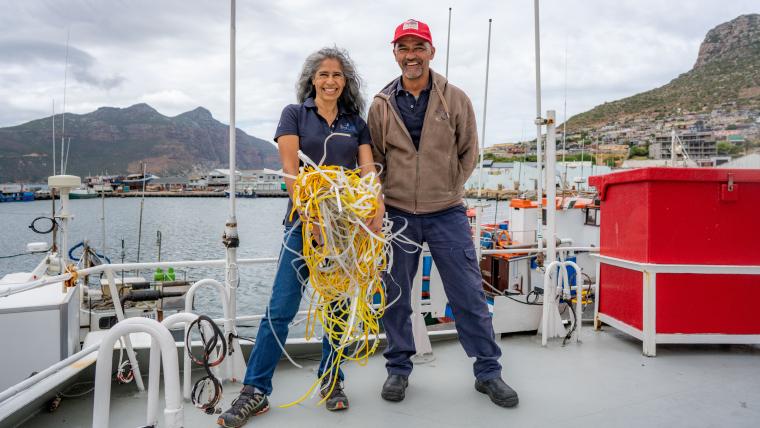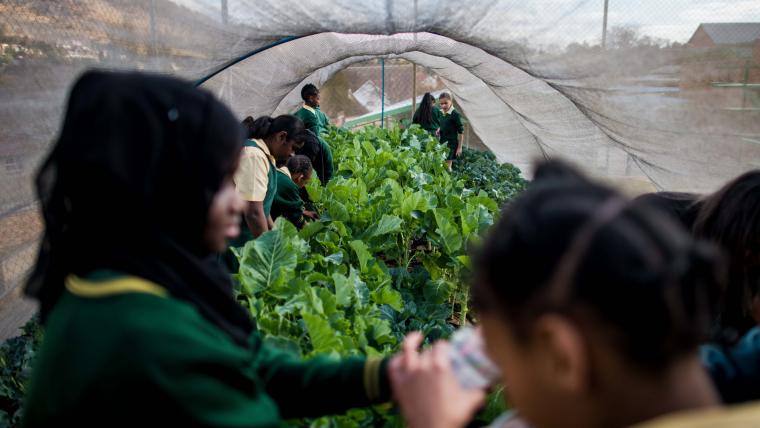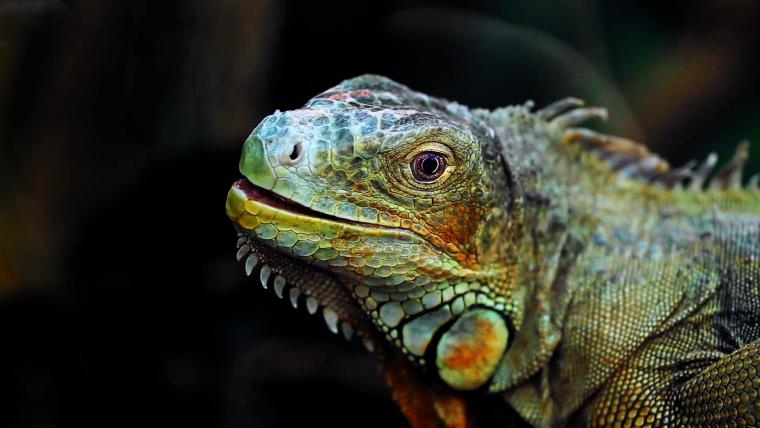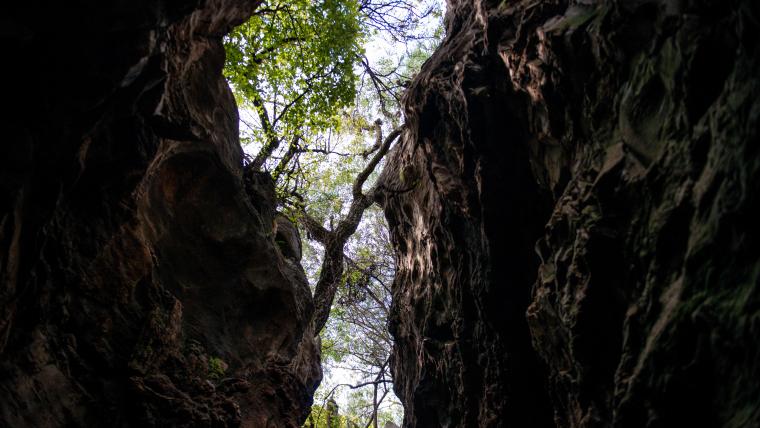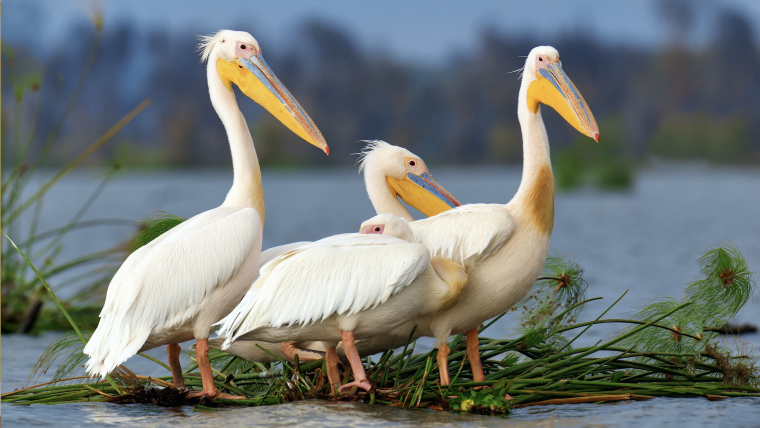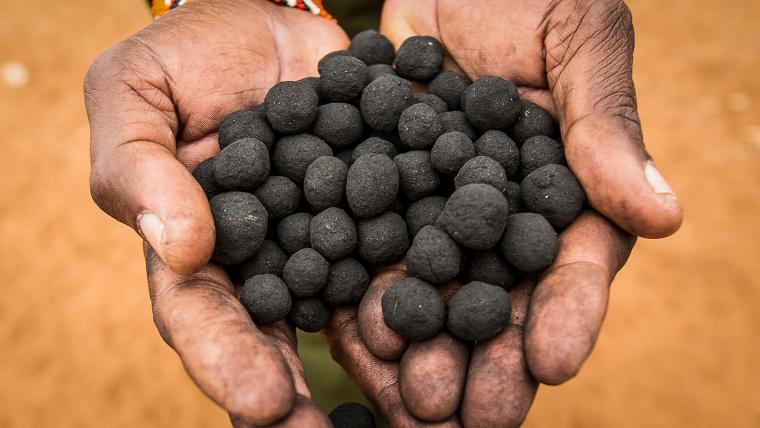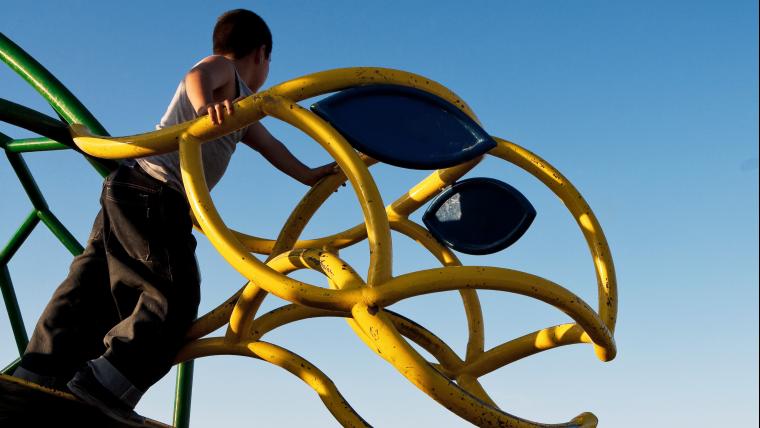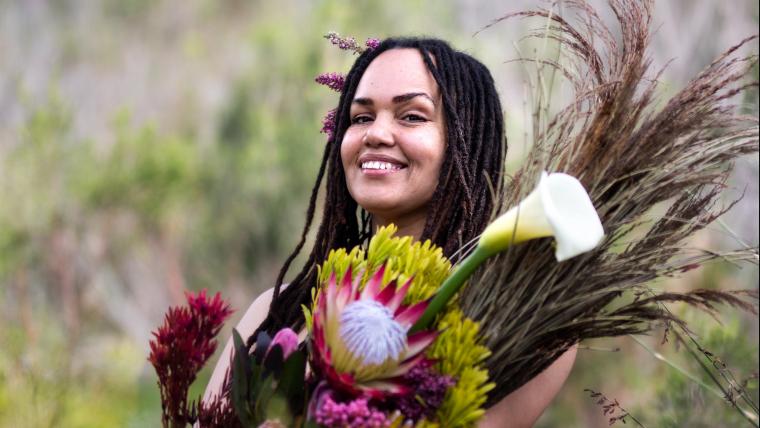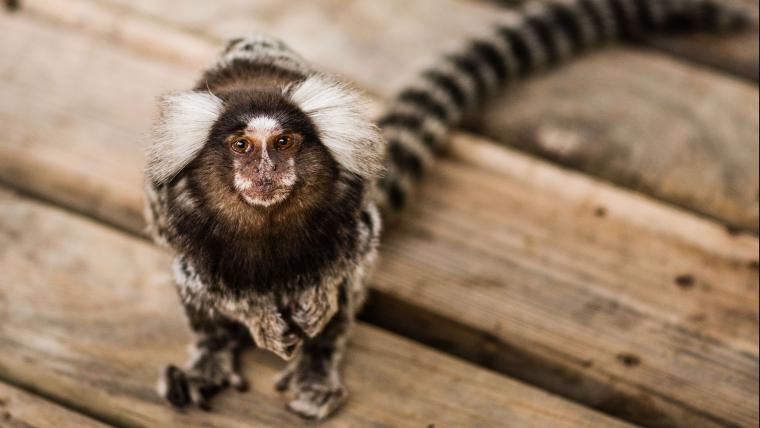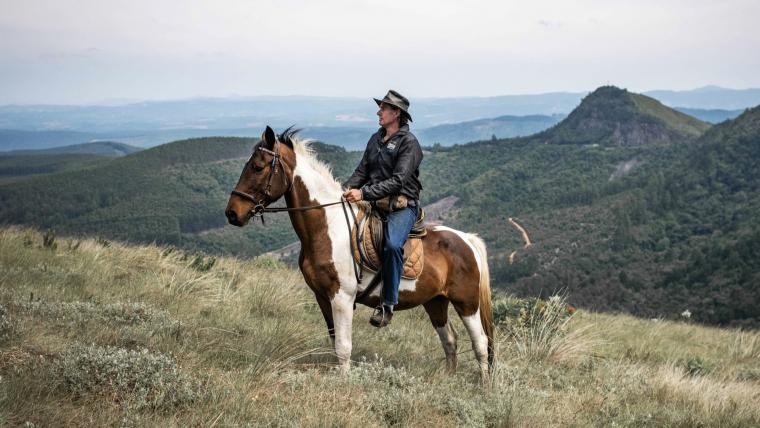Have you ever considered the hidden cost of that delicious seafood platter? Behind every net of freshly-caught fish is a trail of birds sacrificing their lives on their own quest for food. Travelling thousands of kilometres across the oceans, migratory seabirds such as albatross and swift terns regularly cross paths with fish hooked on longline trawlers. Yet the birds cannot detect baited lines and pay the ultimate price for what seems like an easy meal. Every year, approximately 100 000 birds become bycatch, getting hooked and injured, or drowning as a result of contact with commercial fishing gear. In South Africa, Andrea Angel is engaging local fishermen directly to reduce seabird deaths without impacting livelihoods or the country's food supply.
As manager of the Albatross Task Force, Angel looks out for the birds most at risk. The wandering albatross, which has the largest wingspan of any bird, can fly for days without stopping to return to their life partner in Antarctica and perform their customary courtship dance. Yet increasingly, many birds aren’t making their way back. "Globally, seabirds are declining faster than ever before,” Angel says. Together with the BirdLife team, she spends time at sea to collect data and innovate solutions. They’re currently investigating and deploying a number of mitigation strategies which include the use of the hookpod, a device that shields hooks and sinks below the ocean’s surface to prevent birds from diving for fish. So far, their most successful method has been the bird scaring line. Incorporated into the rear of fishing vessels, a series of vividly coloured ropes frighten birds away from the baited hooks. “Since implementing the bird scaring line in the trawl fishery in South Africa, seabird deaths have been reduced by 90% and albatross deaths by 99%,” Angel says.
Nobody wishes birds to be killed in this way and at this rate, especially when it can be prevented. “Conservation is all about working with people,” Angel says. “If you can make them aware of what it is that they are doing and what they can do differently, then you can generate change.” Through widespread community involvement and tailored solutions, people and wildlife can successfully coexist. “This project really gives me hope that we can unite and work together to save what matters most,” Angel says.
You can support Angel’s work here.
Footage by Otto Whitehead was used in the creation of this film.
